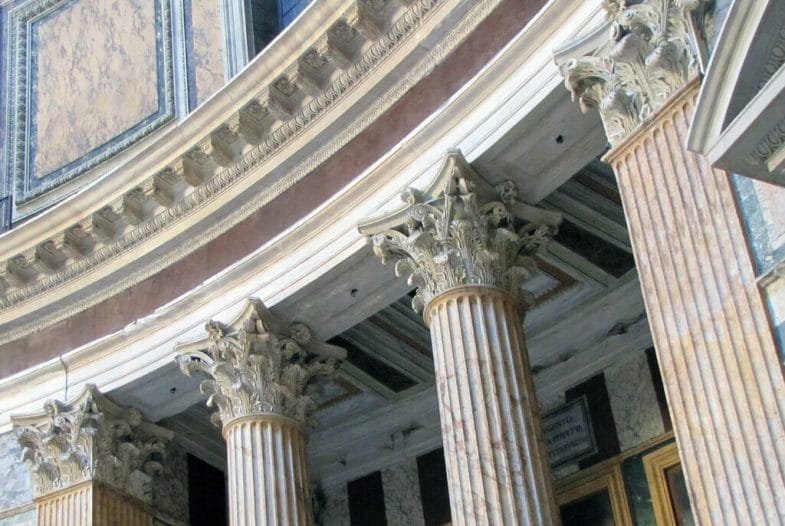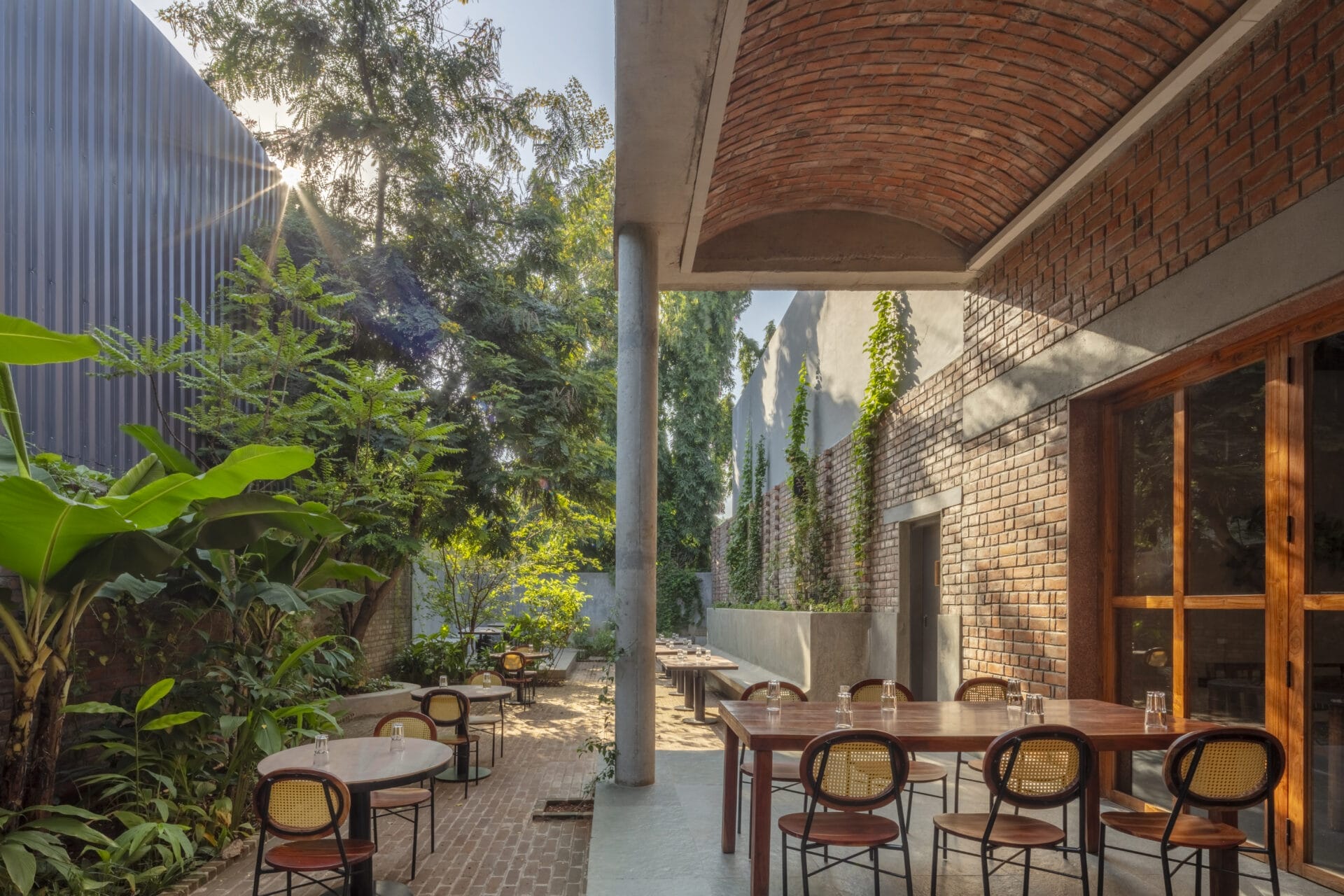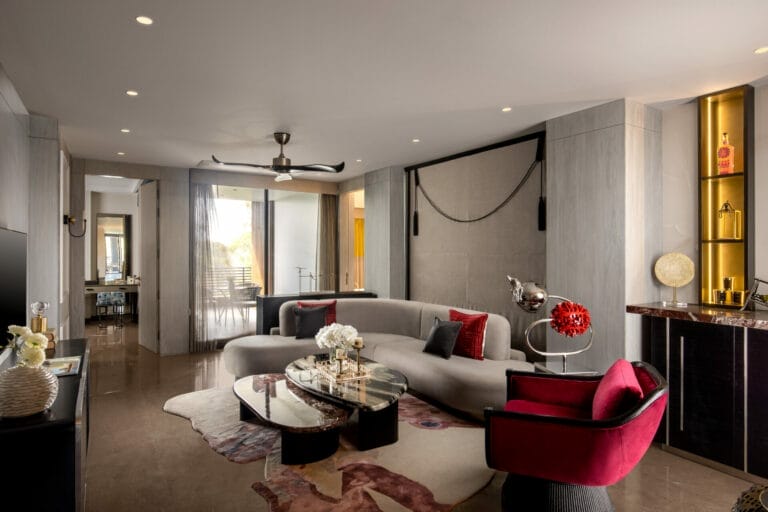
The Pantheon is a former Roman temple and serves as a representative of the culture of the city of Rome for more than two thousand years now. It was constructed between 25 and 27 BC by Agrippa and was a temple dedicated to twelve gods and the living Sovran. It is the only Roman construction that has remained intact for so many years, majorly because it has been in regular use throughout its history. It is a state property managed by the Ministry of Cultural Heritage and Activities and Tourism, Italy through the Polo Museale del Lazio.
The initial construction of the Pantheon was executed by Agrippa in honor of his and Augustus’s military victory in 31 B.C.E at the battle of Actium – which is considered a defining moment in the creation of the Roman empire. The building was damaged by fire around 80 C.E and restored to some extent by then emperor Domitian. When it gradually got more damaged due to fire again in 110 CE and the construction was commenced by emperor Trajan and completed by Hadrian – who is referred to as the most successful Roman emperor. The temple was finally converted to a Catholic Church called Saint Maria ad Martyres.

The Pantheon is a cylindrical creation of concrete with a grand portico graced with large granite Corinthian columns. The columns are placed in a group of eight in the first rank followed by two groups of four supporting a gabled roof with a triangular pediment. The porch and the rotunda are linked by a rectangular vestibule. The coffered concrete dome covers the rotunda and has a central opening to the sky called the oculus. The diameter of the interior circle and the height of the oculus are the same, which is 42 meters.


An intriguing fact about the architecture of the Pantheon is that after all these years of its construction, its dome is still the world’s largest unreinforced concrete dome. It is 43 meters in diameter and rises to 22 meters height above its base. The large circular dome called cella and the portico front was exemplary as an architectural element and were imitated in many later constructions. The doors to the interiors are made of bronze and are 7 meters high.

The material used for the construction of the Pantheon is believed to be of superior quality. The aggregate used is carefully selected, ranging from heavy basalt in the foundations, brick, and tufa in the lower part of the walls, to the center of the vault using the lightest of Pumice.

The outside is simple and plain and the interiors on the contrary are finished in colorful marble with the walls marked with seven deep recesses. The ceiling is decorated by cutting rectangular coffers which are beautified with bronze rosettes and molding that have eventually faded over time. The oculus of the dome was never covered which led the rain to come in directly and due to this the flooring is equipped with drainage and inclined to bit to facilitate runoff. The oculus of the Pantheon is also the only source of light.It is a creation that reflects history and architectural brilliance of the era it was constructed in.




















